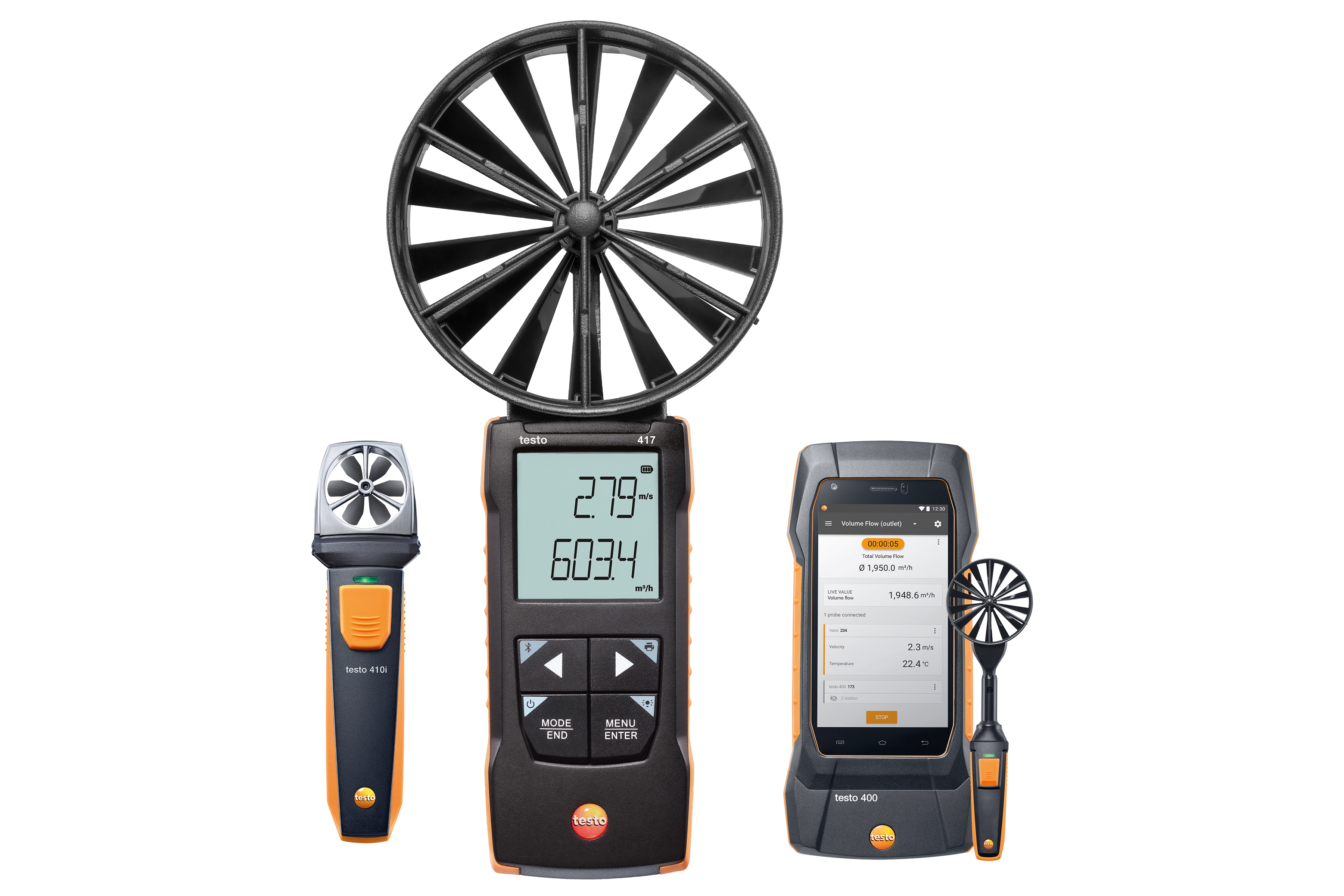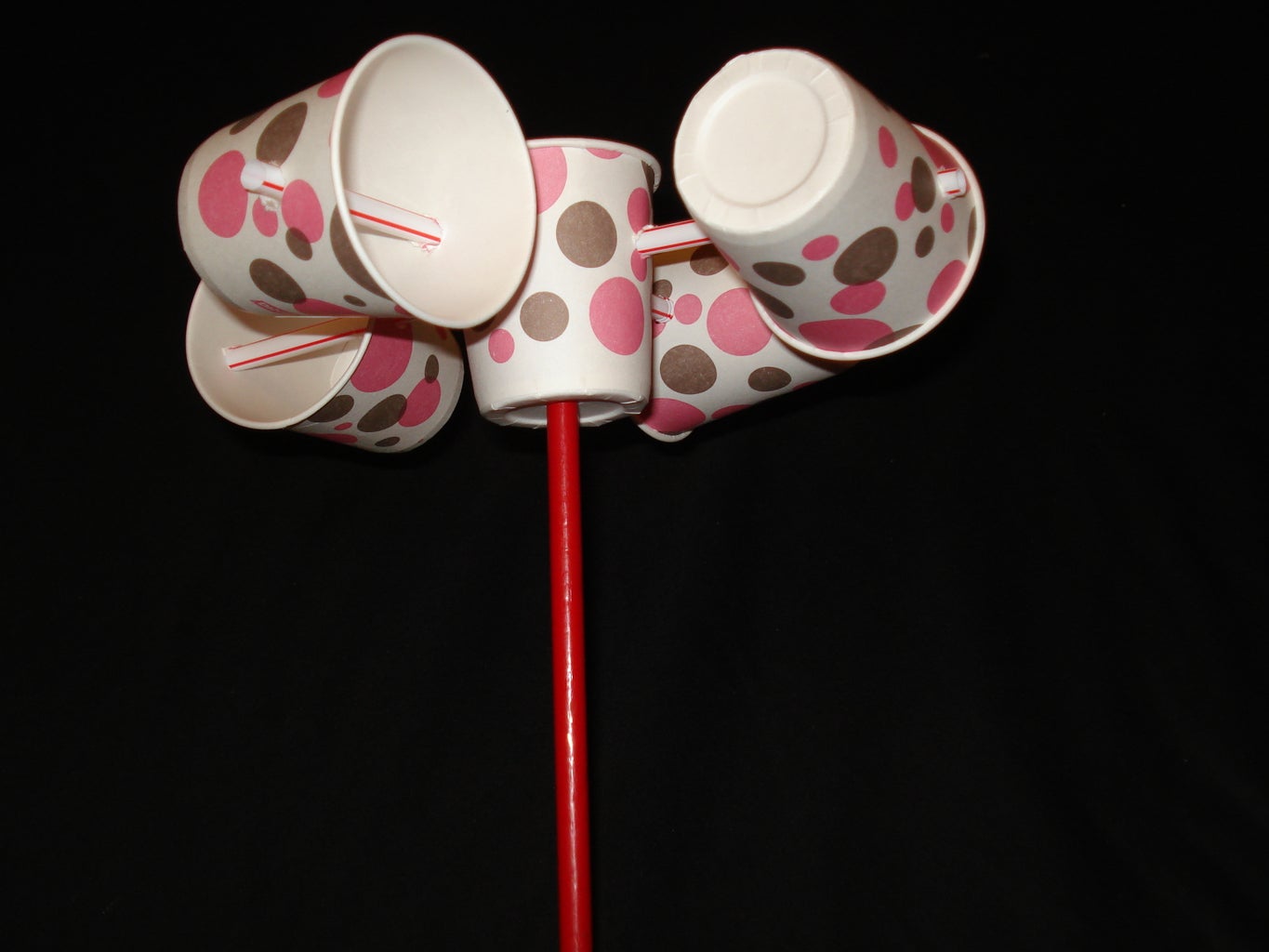Why an Anemometer is Necessary for Your Environmental Data Collection
Why an Anemometer is Necessary for Your Environmental Data Collection
Blog Article
Checking Out the Functions and Benefits of Anemometers for Climate Lovers and Professionals
From mug anemometers to sonic anemometers, each kind brings its one-of-a-kind collection of benefits and applications, losing light on various aspects of atmospheric conditions. As we delve right into the functions and advantages of anemometers, a much deeper understanding emerges not only of prevailing weather condition phenomena but likewise of the more comprehensive effects for markets like wind energy manufacturing and ecological research study.
Importance of Anemometers in Weather Monitoring
Anemometers play a vital function in weather monitoring by giving accurate dimensions of wind rate, helping in projecting and understanding weather patterns. These tools, ranging from traditional cup anemometers to contemporary ultrasonic anemometers, are necessary for meteorologists, researchers, and weather lovers alike.

Kinds of Anemometers and Their Applications
The most common types of anemometers include mug anemometers, vane anemometers, hot-wire anemometers, and ultrasonic anemometers. Cup anemometers are composed of 3 or 4 mugs mounted on straight arms that revolve with the wind, determining its speed. Vane anemometers, on the various other hand, make use of an openly rotating vane to straighten with the wind instructions, offering both wind rate and direction dimensions.
Mug anemometers are ideal and durable for general climate tracking, while vane anemometers are favored for directional measurements. Ultrasonic anemometers are non-intrusive and offer high precision, commonly made use of in study and specialized weather surveillance applications.
Benefits of Using Anemometers in Projecting
In weather forecasting, the usage of anemometers offers indispensable advantages for enhancing the precision of weather projecting. Anemometers determine wind rate and direction, giving critical information for anticipating weather patterns. By including wind information right into projecting models, meteorologists can better comprehend the motion of weather condition systems, anticipate adjustments in weather, and problem a lot more exact forecasts.
Moreover, anemometers play a vital duty in evaluating possible weather threats. Monitoring wind rates helps forecasters forecast extreme weather events such as storms, hurricanes, and winter tornados with greater precision. This very early warning system enables authorities to release prompt notifies and carry out necessary safety procedures, minimizing the threats to life and building.
Furthermore, anemometers help in enhancing renewable power production. By examining wind patterns, meteorologists can identify ideal places for wind farms and forecast power output, adding to the effective generation of wind power.

Anemometers in Wind Power Manufacturing
Given the crucial function anemometers play in giving exact wind data for weather forecasting and risk analysis, their importance encompasses the realm of wind energy manufacturing. Anemometers are essential instruments in the area of wind energy, where the dimension of wind rate and instructions is crucial for determining the usefulness and efficiency you could check here of wind generator installments. By properly gauging wind speeds at differing elevations, anemometers help maximize the placement and layout of wind turbines to take full advantage of power output.
In wind farms, anemometers are strategically put to collect real-time wind information that is made use of to examine the potential energy production of a site. This data is critical in determining the financial stability of wind power jobs and in projecting energy generation to ensure grid stability. Additionally, anemometers aid in keeping an eye on wind conditions to enhance turbine efficiency, protect against damages from high winds, and make sure the safety of employees working in the area of wind generators.
Enhancing Weather Comprehending With Anemometers

Anemometers play a key duty in improving our understanding of microclimates. These localized weather can vary substantially from broader local forecasts, making it vital to have accurate data for details locations. anemometer. By purposefully putting anemometers in different areas, scientists can collect detailed details on how wind acts in various surfaces, metropolitan environments, or bodies of water
Moreover, anemometers add to enhancing weather projecting designs by supplying real-time information on wind habits. This information is especially valuable for predicting extreme weather events, optimizing agricultural methods, and supporting sectors like air travel and maritime navigating. Overall, anemometers are vital instruments that enable us to dig deeper into the intricacies of weather condition systems, eventually causing more precise predictions and better-informed decisions.
Conclusion
In final thought, anemometers play a crucial function in weather monitoring and forecasting by gauging wind speed and instructions. They are crucial tools utilized by weather condition fanatics and professionals to collect precise data for predicting climate patterns and assessing possible effects. Anemometers also have applications in wind energy production, further highlighting their relevance in both weather forecasting and eco-friendly energy markets. Generally, anemometers add to boosting our understanding of weather phenomena and enhancing forecasting abilities. anemometer.
From cup anemometers to sonic anemometers, each kind brings its unique collection of applications and advantages, losing light on different facets of click for source climatic conditions. These instruments, varying from conventional cup anemometers to contemporary ultrasonic anemometers, are necessary for meteorologists, scientists, and climate lovers alike. The most typical types of anemometers consist of cup anemometers, vane anemometers, Discover More Here hot-wire anemometers, and ultrasonic anemometers. Mug anemometers are ideal and robust for general weather tracking, while vane anemometers are favored for directional dimensions. Anemometers are essential tools in the field of wind power, where the measurement of wind speed and direction is critical for establishing the feasibility and efficiency of wind turbine installations.
Report this page